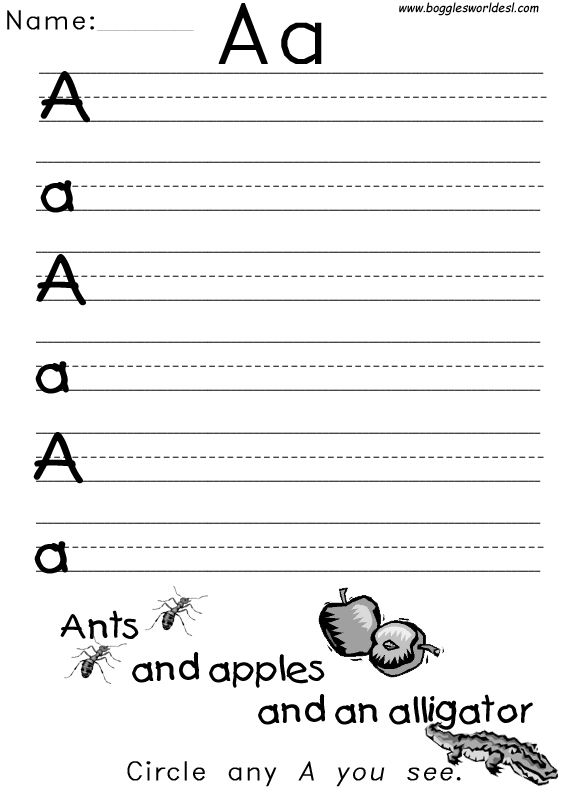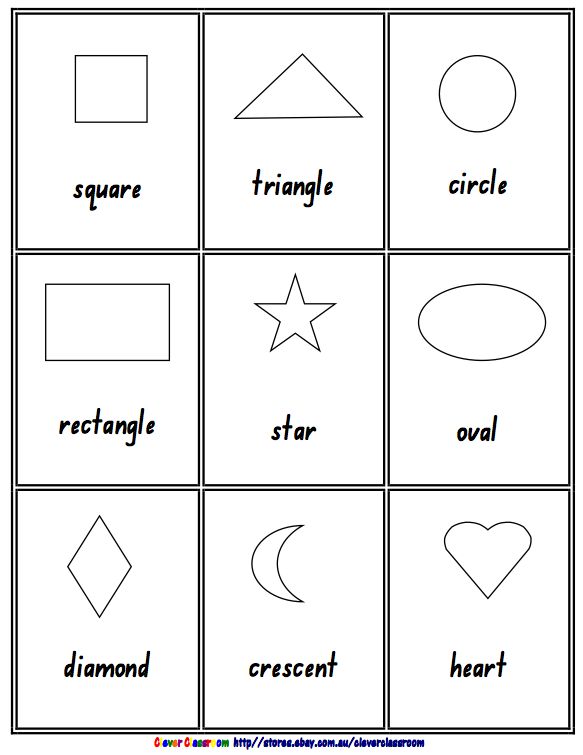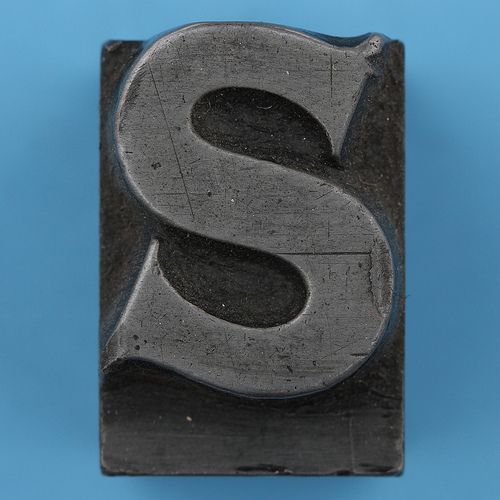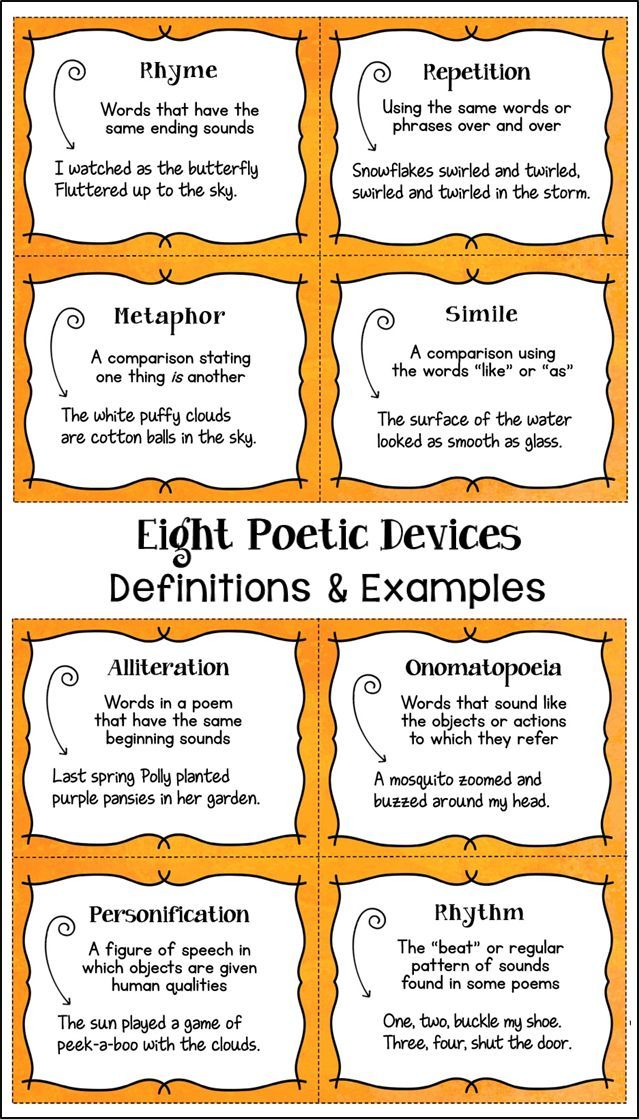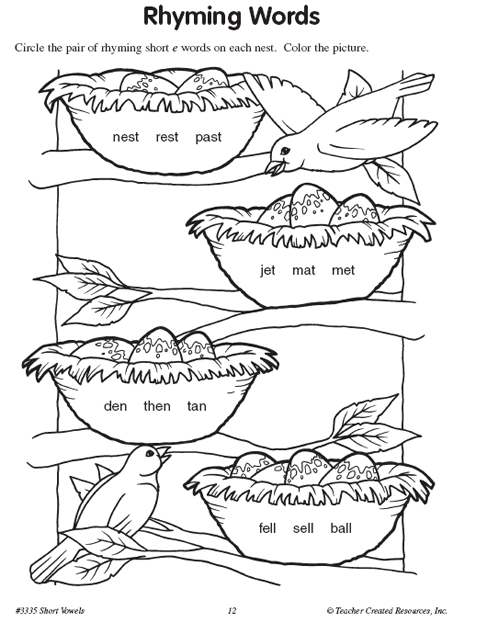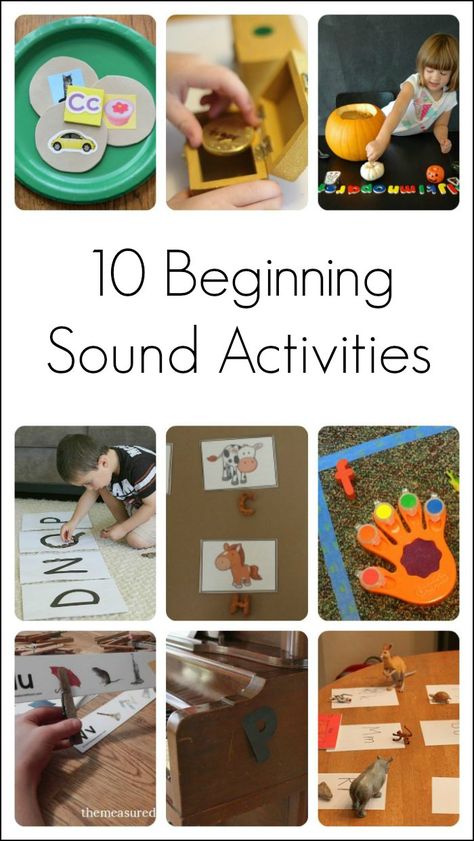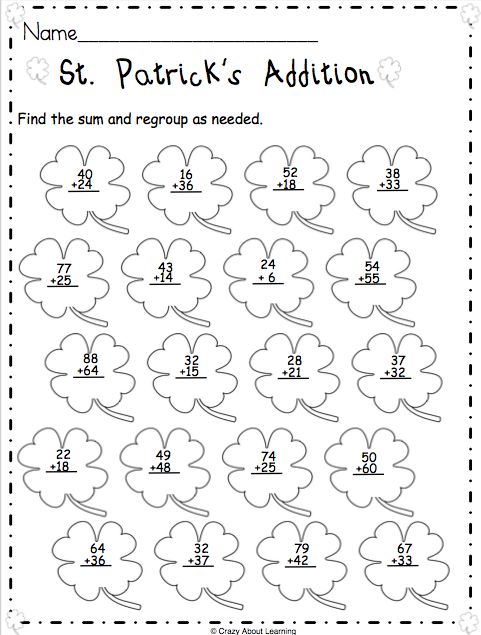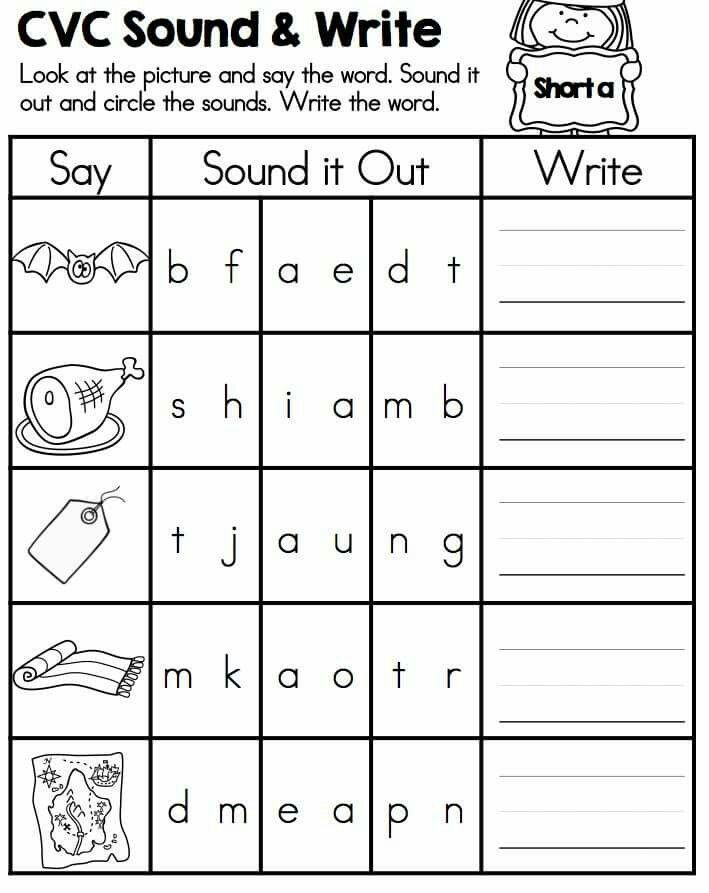Tobe verbs list
To be verbs completely explained
How to use
“to be” verbsAre you confused by “to be” verbs? It’s okay. “To be” verbs change almost more than any other verb. In other words, they are very irregular. Let’s learn how to use “to be” verbs correctly. Refer back to this lesson when you have questions about how to use them in the future.
What are “to be” verbs?
“To be” verbs are: are, am, is, was, were, been and being. They are used to describe or tell us the condition of people, things, places and ideas. For example, they could tell us the subject’s age, nationality, job or other traits.
Forms of “
To be” by tense. There are many English tenses, but the main ones you will use are present, past, present progressive and present perfect
The correct “to be” verb to use depends on your subject and tense. This chart shows you proper subject verb agreement with “to be” verbs.
Note: Contractions are short forms that will sound more like how people speak.
Feel free to print this out for reference.
These are examples of how you will see “to be” verbs most often.
“To be” verbs in positive present tense sentences
I am American.
He is a teacher.
She is happy.
They are at the movies.
“To be” verbs in negative present tense sentences
I am not angry.
She is not at school.
It is not broken.
We are not students.
“To be” verbs in affirmative past tense sentences
I was hungry.
She was at the movies.
You were there.
It was great!.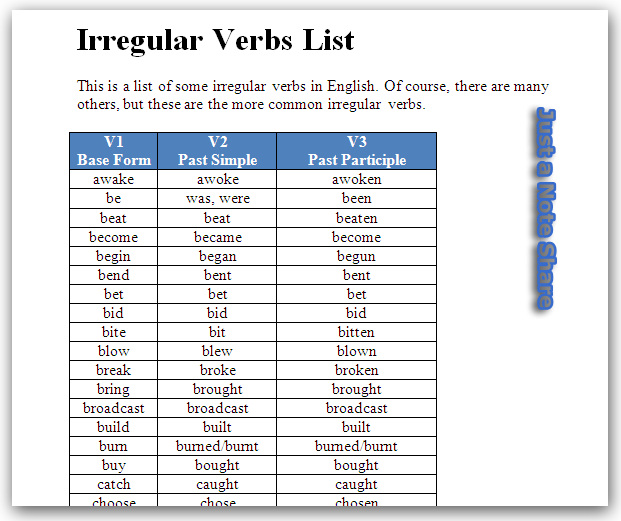
They were excited.
“To be” verbs in negative past tense sentences
I was not there.
You were not here.
He wasn’t a teacher.
We weren’t at the restaurant.
Questions using “to be” verbs
To make questions with be verbs, use this order: To be verb + subject + complement
Was I there?
Were you sad?
Was she at school?
Was it a good movie?
Were they late?
Advanced SectionThe previous section contained examples of what most beginners need to learn for using “to be” verbs correctly. In this section, we’ll be covering many other ways to use them.
The
present perfect formThe present perfect form is used for describing experiences or events that have happened in the past when the exact time is not important.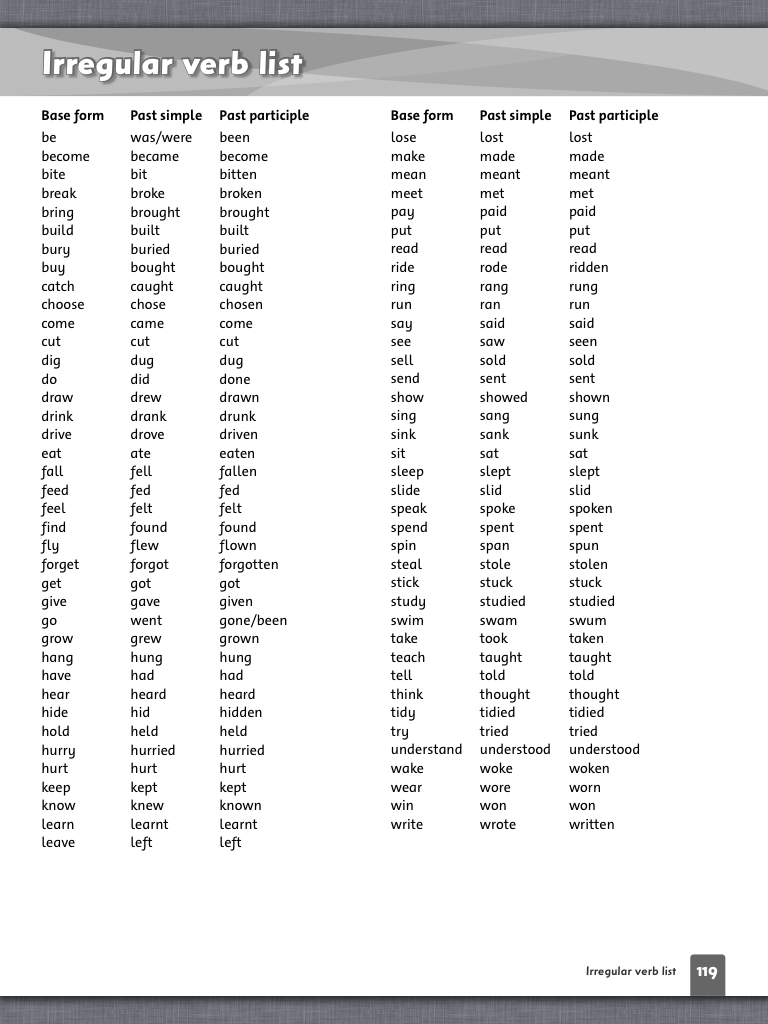
It uses this structure: subject + has/have + been + complement
Examples:
I have been there.
You have been good.
It has been difficult.
He has been an electrician.
We have been here all day.
They have been well-behaved.
Asking
questions using the present perfect form.Questions in the present perfect perform form use the structure: Has/have + subject + been + complement
Examples:
Have I been mean?
Have you been worried?
Has he been there?
Have they been anxious?
The
Present Progressive FormThe present progressive form is for describing continuous or ongoing actions happening right now vs the simple present which describes habits or things which happen now and again.
Use this structure for the present progressive tense for “to be” verbs:
Subject + be verb + verb + ing
Examples:
I am watching television.
You are pushing the wrong button.
He is looking at the window.
She is studying.
It is raining.
We are traveling.
They are thinking.
Question tags using “to be” verbs
You can add a question tag to the end of a statement to turn it into a question. To put question tags onto sentences using “to be” verbs, use this structure:
statement + “to be” verb + pronoun. The “to be” verb used in the question tag must be the same one used in the statement.
Note: When adding question tags, if the “to be” verb in the statement is positive, then the one in the question tag must be negative.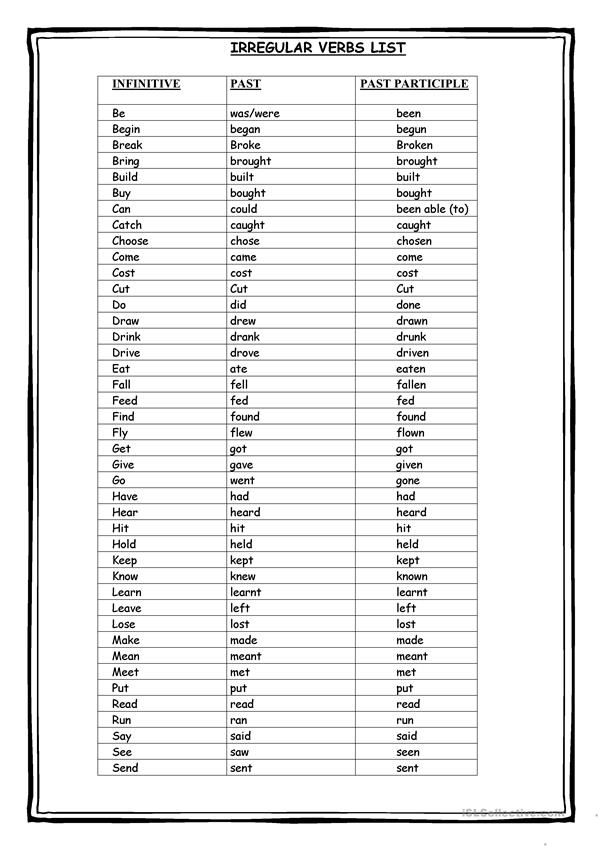 If the “to be” verb statement is negative, the one in the question tag, must be positive.
If the “to be” verb statement is negative, the one in the question tag, must be positive.
Just think:
Examples:
I wasn’t being rude, was I? (negative statement with positive question tag)
It was good, wasn’t it? (positive statement with negative question tag)
You were there, weren’t you? (positive statement with negative question tag)
It wasn’t too bad, was it? (negative question tag with positive question tag)
They weren’t angry, were they? (negative statement with positive question tag)
The
linking “To be” verb (descriptions)The linking “to be” verb describes the condition of the subject. Below are a few sentence structures using the linking “to be” verbs.
In statements that describe, you’ll see this structure in which the sentences have a “to be” verb linking the subject to a subject complement or adjective complement:
Subject + “to be” verb + complement
Examples:
I am excited.
It is boring.
She is the leader.
They are at the bank.
Sometimes when answering a question you can see just a subject and “to be” verb used as in this structure:
subject + “to be” verb
Examples:
Q: Are you the doctor?
A: I am.
Q: Is she the teacher?
A: She is.
Adding
adverbs to your sentences with linking “to be” verbsReminder: Adverbs modify verbs, adjectives and other adverbs in order to tell us how, when, where, why, how often or to what extent
Structure: Subject + “to be” verb + adverb +complement or
Adverb, subject + “to be” verb + complement
Examples:
I am always on time.
It is never boring.
Sometimes, it is difficult.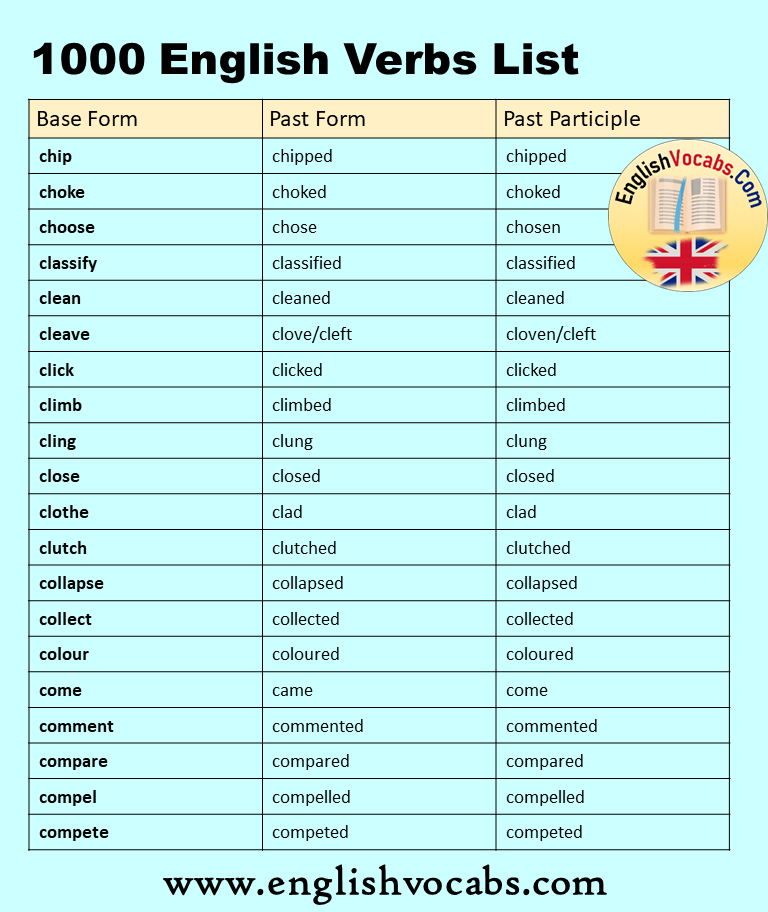
“
To be” verbs for discussing possibility or giving suggestionsWhen describing possibilities you’ll typically use the following structure:
Subject + modal verb (could, should, would, might etc) + be + complement
Note: “be” stays in this base form directly after a modal verb.
Examples:
He could be a superstar.
She might be late.
You should be nice to your parents.
When giving suggestions, it is a little more complicated.
Examples:
subject + modal verb (suggest)+ object + be + complement
subject + modal verb (advise)+ object + to be + complement
I suggest you be nice to your mother.
I advise you to be cooperative.
Imperatives: giving commands using “to be” verbsWhen giving imperatives or commands, “to be” verbs stay in the base form of be and typically stay at the beginning of the sentence. In these sentences, the subject is implied so it doesn’t have to be written, that is why you only see the “to be” verb followed by the complement.
Structure: “to be” verb + complement or
Do not + “to be” verb + complement
Examples:
Be a good student.
Be nice to your teacher.
Don’t be mean to him.
When to use “
to be” verbs as infinitives.Infinitives are to plus a verb in order to make a noun.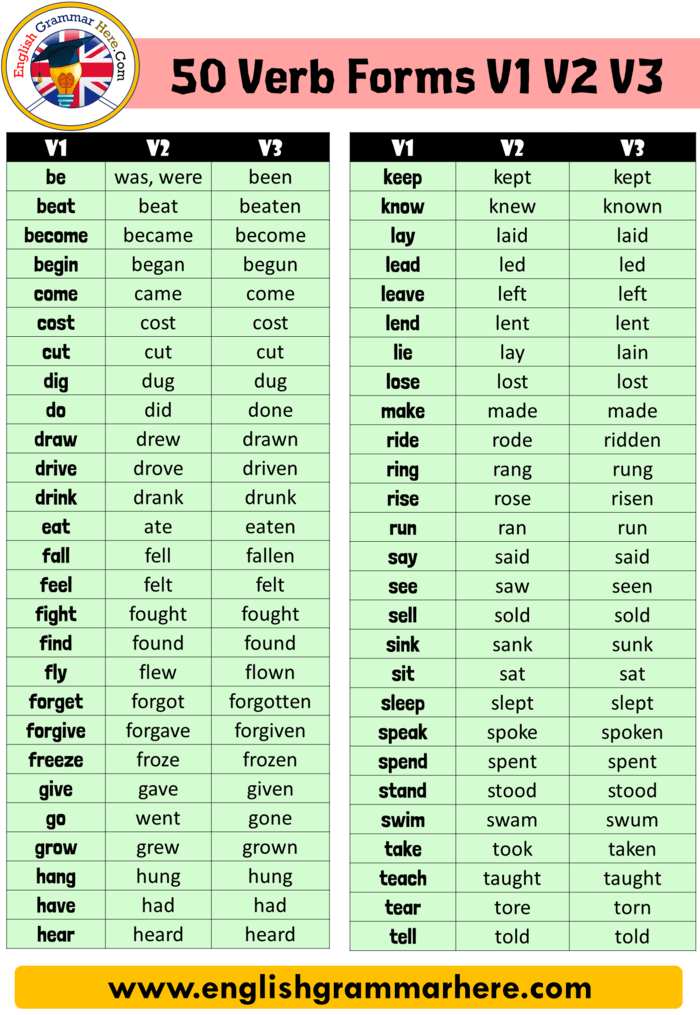 So you’ll see them in the subject or object of a sentence. They are used to describe the abstract, so they most often are used with a modal verb of desire.
So you’ll see them in the subject or object of a sentence. They are used to describe the abstract, so they most often are used with a modal verb of desire.
I want to be a singer.
He likes to be the best at what he does.
They hope to be friends.
When making these negative, you’ll put do not or does not before the modal verb.
Examples:
Note: following don’t or doesn’t modal verbs such as like, want, need, or hope will stay in base form.
I don’t want to be difficult.
He does not like to be mean.
She doesn’t want to be a musician.
The
passive voice using “to be” verbsIn sentences using the passive voice, the person or thing which is performing the action is either in the object of the sentence or even omitted.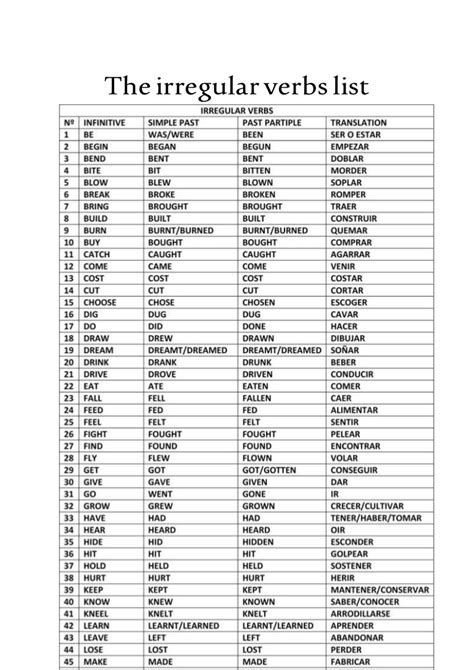 When written, the noun performing the action is normally found following a preposition such as “by”
When written, the noun performing the action is normally found following a preposition such as “by”
The most common passive voice construction is this:
Subject + “to be” verb + verb or
Subject + “to be” verb + verb + by + object
In these constructions, the “to be” verb will follow the standard rules for subject verb agreement. The examples below have sentences using “to be” verbs in different tenses.
Examples:
Present: The car is powered by electricity.
Present progressive: The work is being done.
Past: The building was demolished by the crew.
Future: The meal will be prepared by the chef.
Present perfect: The coffee had been made.
We have covered many ways in which you can use “to be” verbs. Follow our blog for more lessons like this one. Also, if you would like to find out more about studying English online or in the United States, contact us here. FLS International offers live online classes, in-person classes, cultural tours and more!
Written by: Welkin Tang
Verb "to be"
How to use the “to be” verb
Forms of “to be”
Base form: Be
Present
➕ Affirmative:
➖ Negative:
Past: Was / Were
Past Participle: been
Continuous: being
Passive form
Questions in English with the “to be” verb
Examples of the “to be” verb:
Printable Worksheets about the Verb “To Be” in English ️
Playlearn with Lingokids!
In English, verbs have a very important place in communication, they are the ones responsible for expressing actions.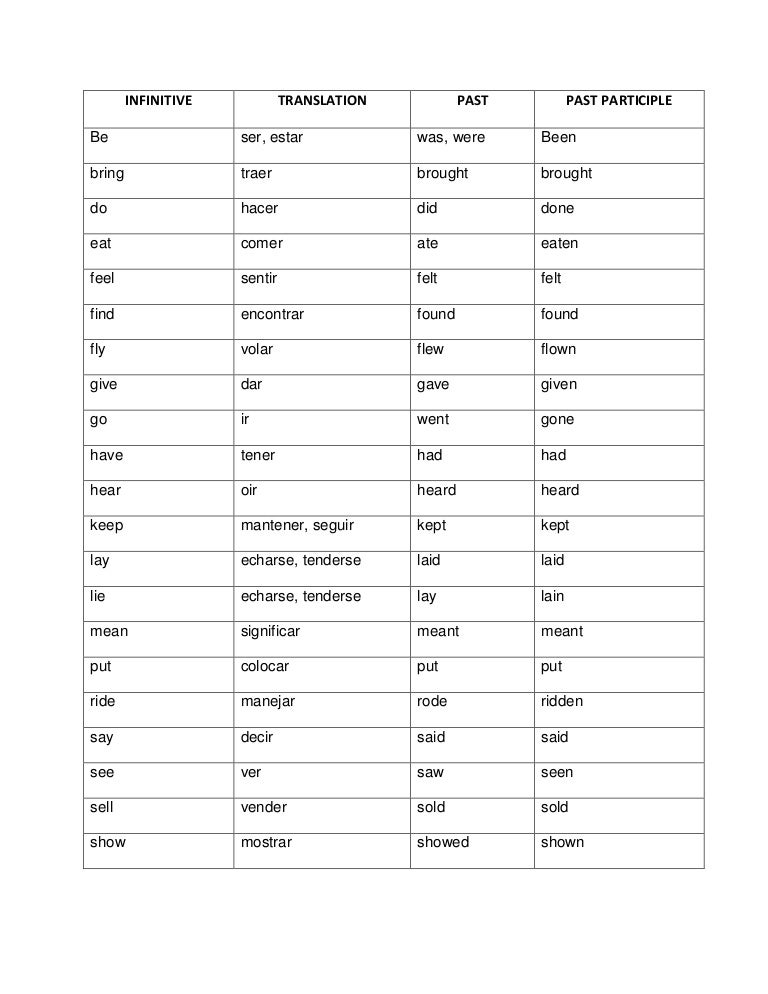 Words like jump, run, speak… all are common and clear examples of verbs that describe an action that a subject does. However, there is one verb that’s the most used in the English language: the verb to be.
Words like jump, run, speak… all are common and clear examples of verbs that describe an action that a subject does. However, there is one verb that’s the most used in the English language: the verb to be.
For children, learning the verbs -and especially this one- might be a difficult task. Verbs are concepts that some kids might find hard to grasp, but through constant repetition using different activities and exercises, learning about it can be easy, and even fun!
It’s essential for the little ones to learn the uses of the “to be” verb, after all, it’s used frequently and for a lot of different purposes.
How to use the “to be” verb
The “to be” is a verb used to describe something or someone.
In English, it can be used to say different things according to the context. However, the most common use of the to be verb is to talk about names, ages, feeling, nationalities, and professions, especially when talking in the present tense.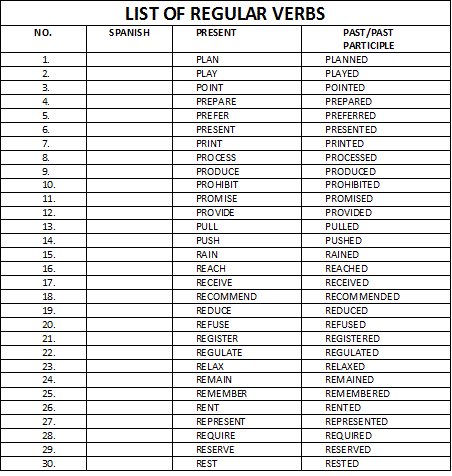
The most tricky thing about this verb, however, is that It’s also one of the most irregular verbs in the English language. This means, that unlike regular verbs, which barely change when used when different subjects -or even in different tenses-, and when they do, they follow a pattern, the “to be” verb changes almost completely in most of its forms.
Forms of “to be”
Since the to be verb is highly irregular, it’s written in different ways according to the tense of the verb (whether if it’s present, past, future, or even in mixed tenses), and it also varies according to the subject. Let’s see the forms this verb can take when used next to the subjects.
Base form: Be
This is the most basic form of the verb, and it’s how we can find it in the dictionary. It’s mostly used when using imperatives, and also as the infinitive. Some examples are:
Be nice to your sister! (imperative)
I like to be at my house.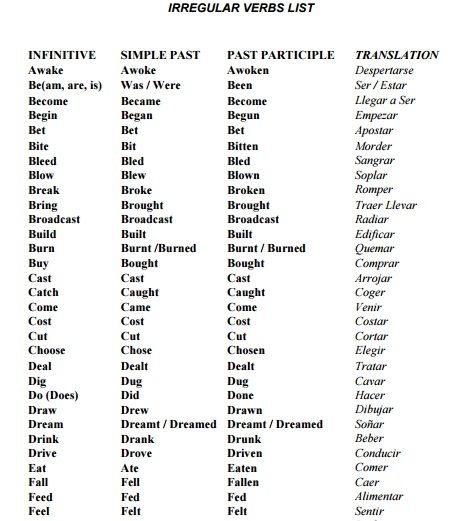 (infinitive)
(infinitive)
Present
This form of the verb is mainly used in the simple present, and its meaning can change depending on the use in the context. Also, when writing, the present form of the to be verb can be shortened.
Here is the to be for all the subjects in both long and short forms for affirmative sentences, and also for negative sentences with to be.
➕ Affirmative:
I am – I’m
you are – you’re
he/she/it is – he’s/she’s/it’s
we/you/they are – we’re/you’re/they’re
➖ Negative:
I am not – I’m not
you are not – You aren’t
he/she/it isn’t
we/you/they aren’t
Let’s see some examples of this for sentences with the “to be” verb.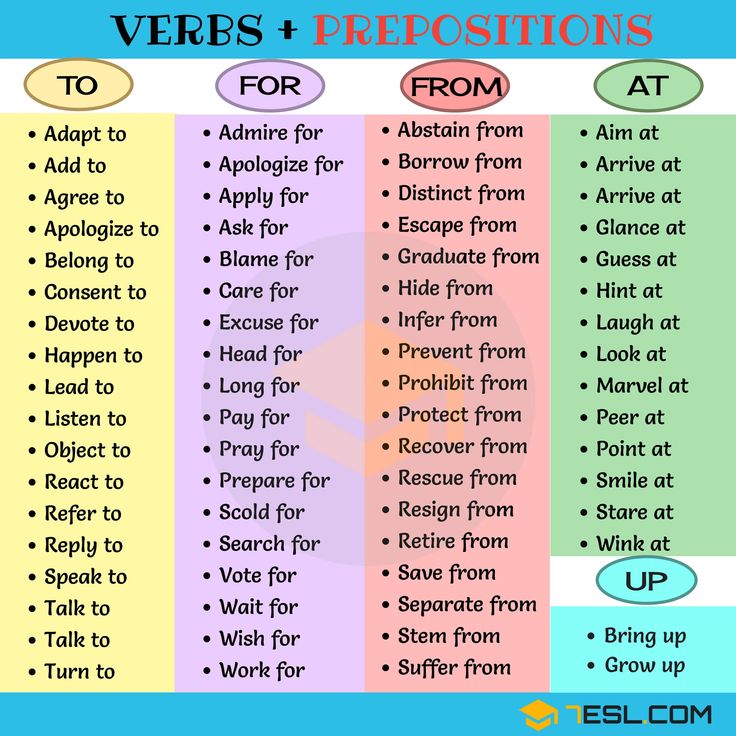
For names:
She is Sheila
For ages:
He is 6 years old.
For feelings:
Lauren and Sandra are happy.
For nationalities:
We are from Thailand.
For professions:
You aren’t a painter, you are a singer.
Past: Was / Were
When talking about the past, the to be verb changes its form again. This is how it looks with the different subject pronouns.
I was – I wasn’t
you were – You weren’t
he/she/it was – he wasn’t/she wasn’t/it wasn’t
we/they/you were – we weren’t/they weren’t/you weren’t
Some examples of the past form of the to be are:
I was at the school yesterday
You were 10 years old last year.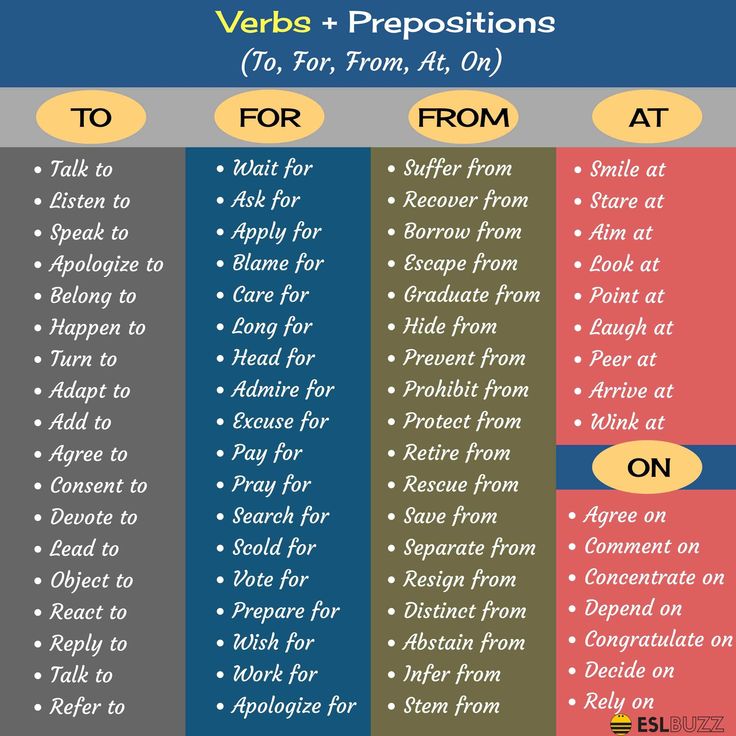
Billy and Elliot were students, now they are doctors.
It was raining a while ago.
Past Participle: been
This is the form of the “to be” verb used with the perfect and passive tenses, and it is the same for all the subjects.
It’s also used as an adjective in English sometimes.
She has been busy all day.
Lisa and Billy have been running for an hour.
He has been a teacher for a year now.
Continuous: being
The continuous form of the to be verb is used to make up the continuous tenses. Just as the past participle, it’s the same for all the subjects.
Elliot is being helpful.
Passive form
The “to be” verb, both in its present and past forms, can be used to make passive sentences.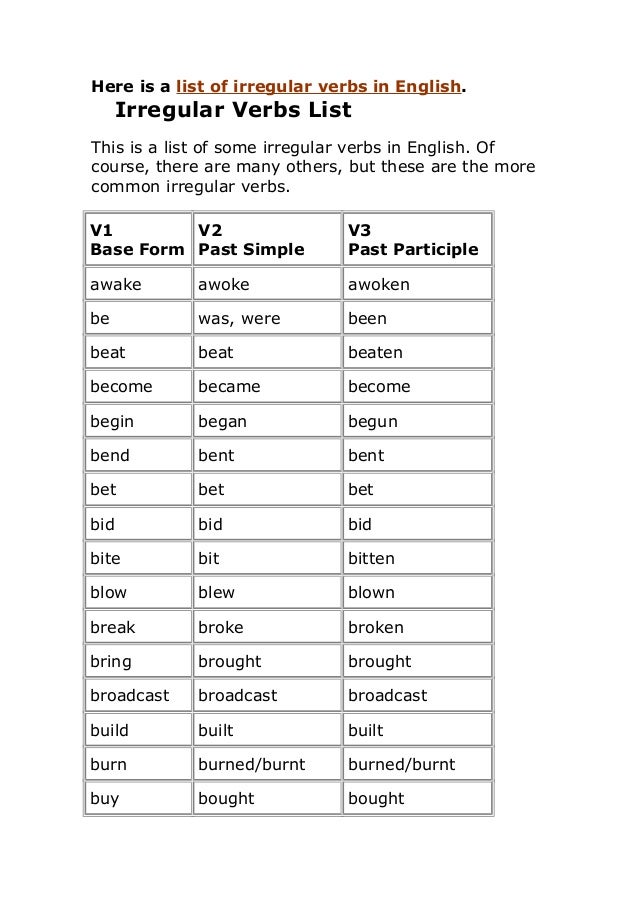
The house was built in the mountains.
The program is being recorded right now.
Questions in English with the “to be” verb
“To be” verb can be used to make questions in English in two different ways. The first one is to use it normally with Wh- questions, like in the following sentences:
What‘s her name?
How old is Baby Bot?
How are they feeling?
Where are you from?
Do you know what my profession is?
What are you doing?
The second option, and also the most important, is to use the “to be” verb to make “yes” or “no” questions in English. This type of questions are very simple, and they can be answered with a yes or no.
Are you reading?
Yes, I am.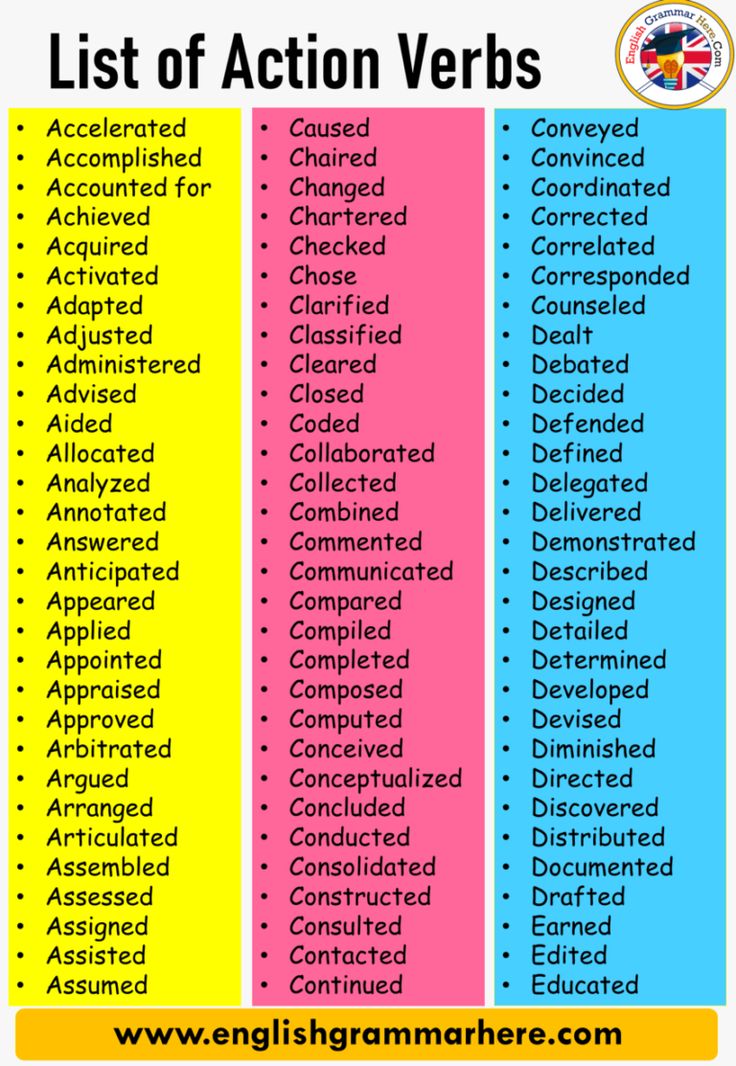
Is Lisa ready for bed?
No, she isn’t.
Examples of the “to be” verb:
I am Cowy, and I‘m from Ireland.
Elliot and Cowy are best friends.
Where are Billy and Elliot?
They are at the theater.
Bobby is helping Lisa with his homework.
The river is very pretty.
The flowers aren’t red, they are orange.
Are the dogs running in the field?
Yes, they are.
Printable Worksheets about the Verb “To Be” in English ️
Playlearn with Lingokids!
Want to try learning all of this grammar through games, songs, and interactive activities? Download the Lingokids app and discover the world of playlearning™ – a safe, game-based learning experience that takes kids beyond the classroom.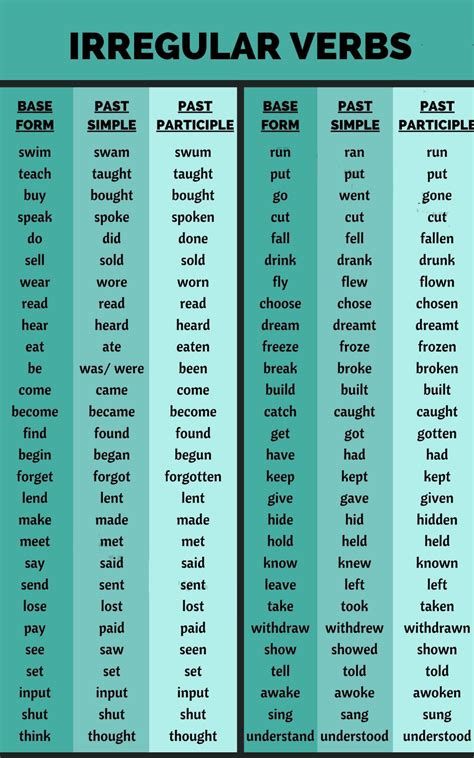
The verb to be
Everyone knows Shakespeare's phrase from Hamlet: "To be or not to be? That is the question…”, which translates as “To be or not to be, that is the question…”. In fact, for people studying English, it is the verb to be that causes a huge number of questions and difficulties regarding its use. This article will provide detailed information about all forms and cases of using the verb to be.
So, the verb to be plays a particularly significant role in the grammar of the English language. It can act in a sentence as a semantic verb, modal, auxiliary, linking verb, and a large number of grammatical constructions are formed with the verb to be. By itself, to be is an irregular verb, which means that all three of its forms are not formed according to the rule, and they just need to be remembered: be - was / were - been.
Below, the verb to be will be considered in detail in each case of use. But first of all, we should mention the conjugation of the verb according to persons, numbers and tenses.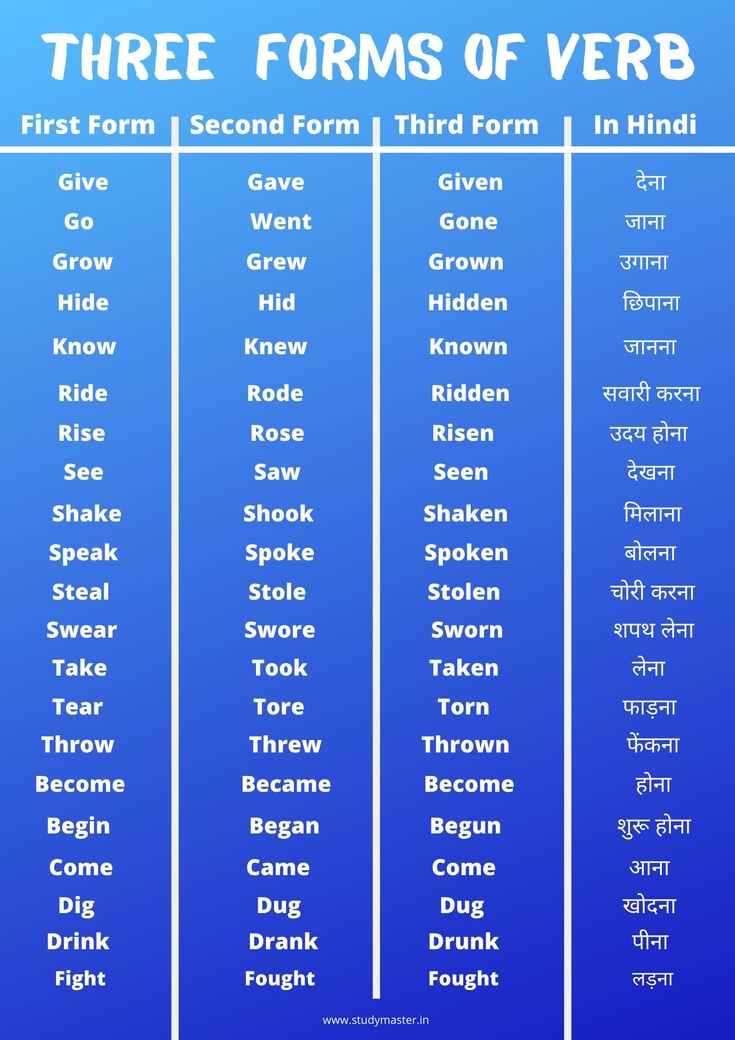
The table shows the conjugation of the verb to be by tense and number for the Simple group.
As can be seen from the table, special attention should be paid to the conjugation to be in the 1st and 2nd person singular, as well as the fact that in the Future Simple the verb to be needs an auxiliary verb will.
The negative form of the verb to be is formed with the negative particle not, which is attached directly to the verb itself.
Interrogative sentences with the verb to be are formed without an auxiliary verb. The verb to be in the required form comes first, followed by the subject, and then the secondary members of the sentence. When constructing a question in the Future Simple (simple future tense), the auxiliary verb will will come first, then the subject, then the verb to be, and then everything else.
Now let's move on to the study of each specific case of the use of the verb to be.
1.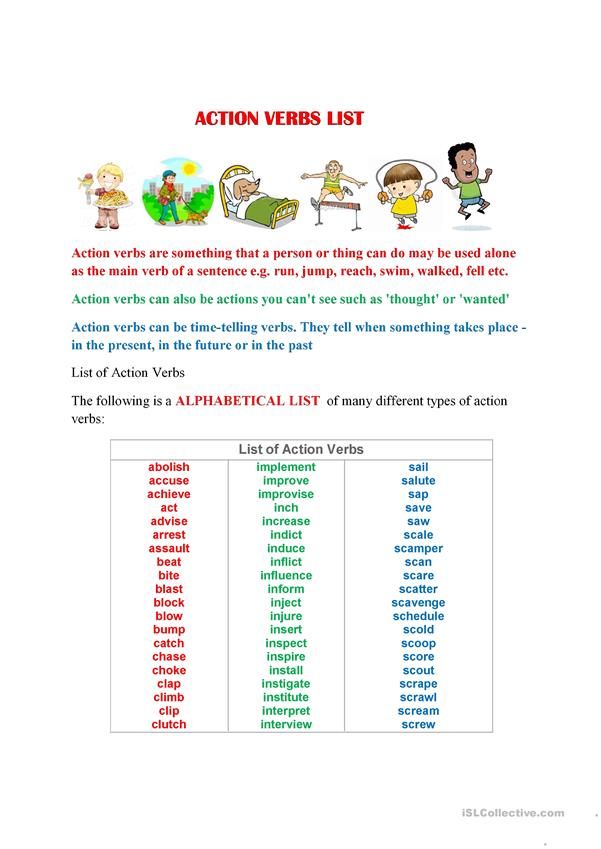 The verb to be as an independent verb.
The verb to be as an independent verb.
As an independent (semantic) verb, the verb to be has the meaning "to be", "to be", "to be". For example:
I am at home. - I'm home. (Literally, I am at home or I am at home)
We are not happy with the situation. We don't like this situation. (That is, we are not happy in connection with it).
2. The verb to be as an auxiliary verb.
Like other auxiliary verbs, in this case the verb to be has no semantic meaning, it only performs an important grammatical function. As an auxiliary verb, the verb to be is involved in the formation of the following tenses: Present Continuous, Past Continuous, Future Continuous, partially in all tenses of the Perfect Continuous group (in the form has been), as well as for the formation of passive constructions.
Continuous means that the action happened, is happening or will happen at a certain moment in the past or future, or at the moment of speech in the present.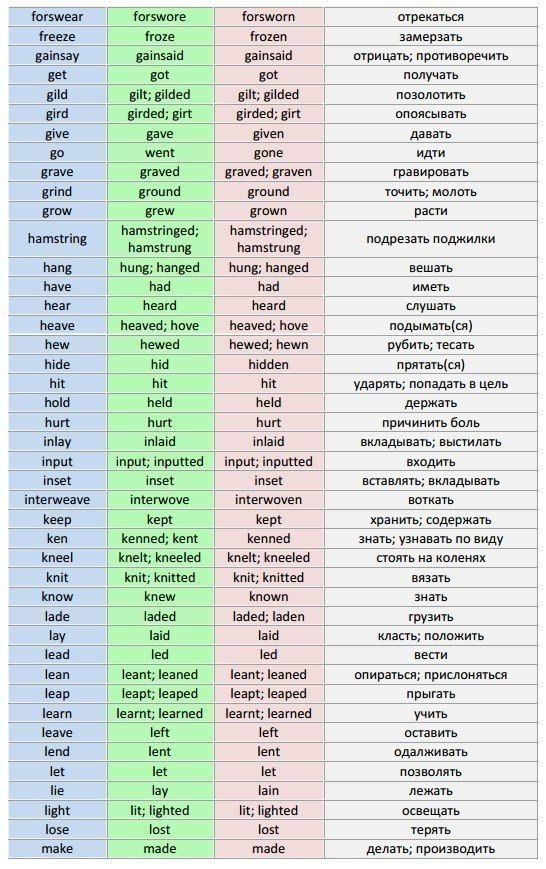 Therefore, the following temporary indicators are typical for this time: now - now, at the moment - at the moment, at 5 o'clock - at 5 o'clock, at this / that time - at this / that time and others.
Therefore, the following temporary indicators are typical for this time: now - now, at the moment - at the moment, at 5 o'clock - at 5 o'clock, at this / that time - at this / that time and others.
Continuous forms are formed according to the following formula: to be (in the required form) + a verb with the ending -ing.
I am reading now. - I'm reading now.
In the Future Continuous, together with the verb to be, there will be an auxiliary verb will.
Tomorrow at 6 o'clock I will be watching TV. Tomorrow at 6 o’clock I will be watching TV.
The verb to be will change in persons and numbers only in the present and past tenses. In interrogative and negative sentences in Present Continuous and Past Continuous, the auxiliary verb for to be is not required.
I wasn't sleeping. - I did not sleep.
Am I reading? - I am reading?
In negative sentences in Present and Past Continuous, we attach the particle not to the verb to be, and in the Future Continuous, the particle goes to the auxiliary verb will.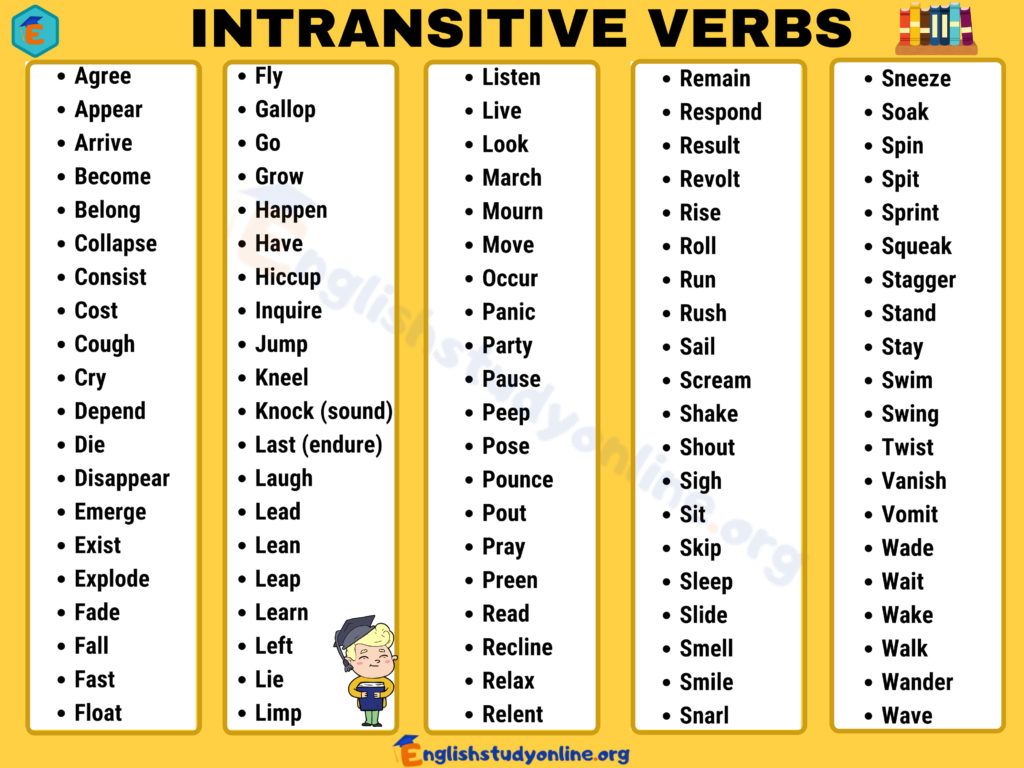 In interrogative sentences in Present and Past Continuous, the verb to be comes first, then the subject, then the verb ending in -ing, followed by the secondary members of the sentence. If there is a question word in the question, then it will take the first position in the sentence. As for the word order in questions in the Future Continuous, we first put will, then the subject, then be and the verb ending in -ing, followed by the secondary members of the sentence.
In interrogative sentences in Present and Past Continuous, the verb to be comes first, then the subject, then the verb ending in -ing, followed by the secondary members of the sentence. If there is a question word in the question, then it will take the first position in the sentence. As for the word order in questions in the Future Continuous, we first put will, then the subject, then be and the verb ending in -ing, followed by the secondary members of the sentence.
The verb to be in Present Continuous:
I am reading a book now. — I am reading a book now.
I am not reading a book now. I am not reading a book now.
Are you reading a book now? Are you reading a book now?
Why are you reading this book? Why are you reading this book?
The verb to be in Past Continuous:
He was watching TV at 5 o'clock yesterday. He was watching TV at 5 o'clock yesterday.
He wasn't watching TV at 5 o'clock yesterday. He didn't watch TV yesterday at 5 o'clock.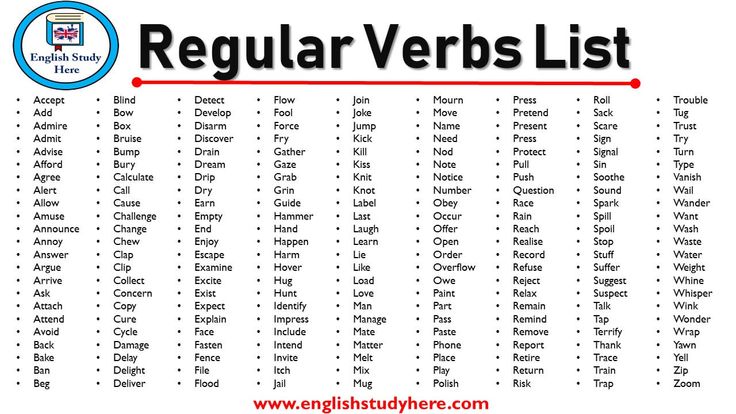
Was he watching TV at 5 o’clock yesterday? Was he watching TV at 5 o’clock yesterday?
Where was he watching TV at 5 o'clock yesterday? Where did he watch TV yesterday at 5 o'clock?
Verb to be in Future Continuous:
She will be swimming tomorrow at this time. She will be swimming at this time tomorrow.
She won't be swimming tomorrow at this time. She will not be swimming at this time tomorrow.
Will she be swimming tomorrow at this time? Will she be swimming at this time tomorrow?
What will she be doing tomorrow at this time? What will she be doing at this time tomorrow?
In perfect forms, sentences using the auxiliary verb to be will look like this:
Now we need to consider the use of the verb to be in passive constructions (Passive Voice).
The passive voice is used when talking about the person or thing that the action is directed at:
when the action that happens to a person or object is important (The problem is solved - The problem is solved)
· when there is no information about the person performing the action, or it is not important at all.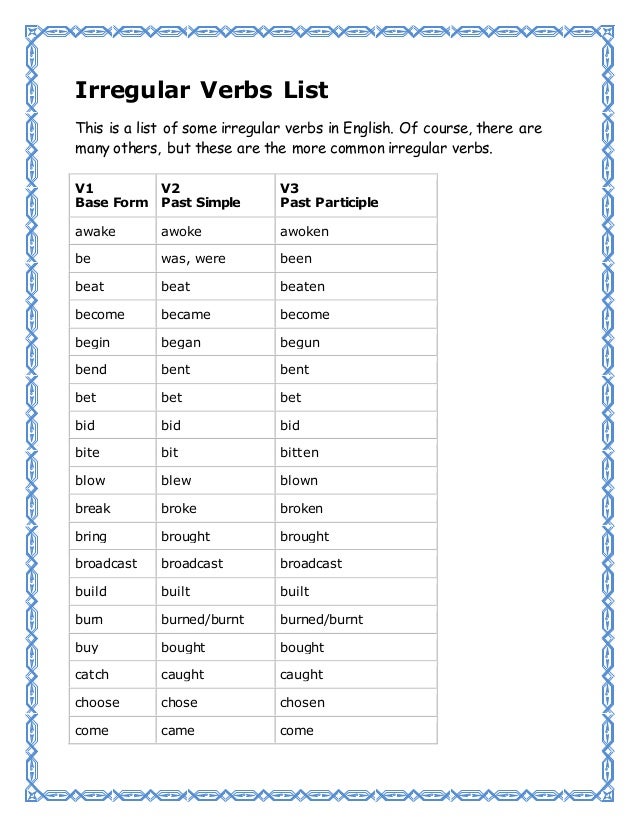 My bike is stolen - My bike was stolen (who did it is unknown).
My bike is stolen - My bike was stolen (who did it is unknown).
The forms of the verb to be in the passive voice can be presented in the form of a table:
Examples of the use of the verb to be in the passive voice:
Students are examined twice a year. Students are examined twice a year.
They were examined in June. They were examined in June.
They will be examined next Friday. They will have an exam next Friday.
Keep quiet! The students are being examined. - Do not make noise! Students are taking an exam.
The students were being examined when the Professor came. The students were taking an exam when the professor came.
Our students have already been examined. Our students have already taken the exam.
They had been examined by 2 o'clock. By two o'clock they had already taken the exam.
Everybody will have been examined by 3 o'clock. Everyone will have their exam by three o'clock.
3. The verb to be as a linking verb.
The verb to be as a linking verb.
The verb to be is very often used as a linking verb to connect the subject and the compound predicate: The house is very old and ugly. The house is very old and ugly.
He was my best friend when we were children. “He was my best friend as a child.
He was a middle-aged man. — He was a middle-aged man.
4. The verb to be as modal.
To all of the above, we must add that the verb to be can also act as a modal verb to be to. As a modal verb, to be to is used in Present Simple and Past Simple.
We are to meet at six. We are to meet at six.
We were to meet at six. We were supposed to meet at six.
The modal verb to be to is used in the following meanings:
- A preformed plan or a need arising from this plan
We are to discuss this issue next time. We need to discuss this issue next time.
We were to discuss it the following week.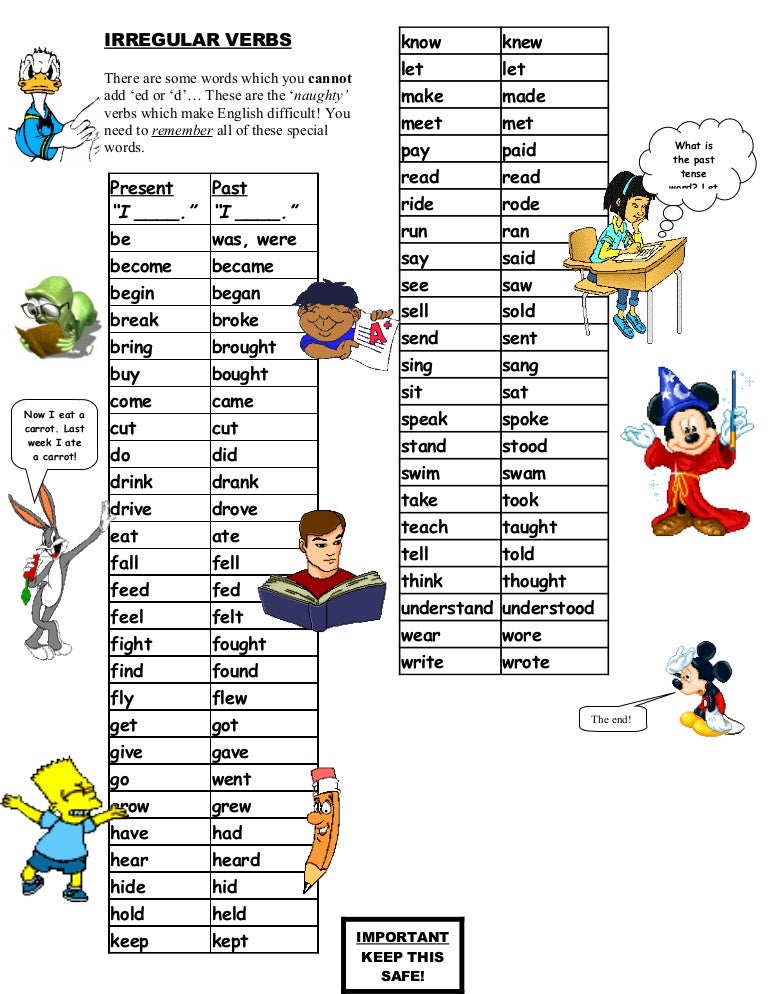 We were supposed to discuss this next week.
We were supposed to discuss this next week.
Is he to arrive tomorrow? Should he come tomorrow?
Who was to speak at the meeting? Who was to speak at the meeting? - Orders and instructions which are of an official nature
Norman says I am to leave you alone. Norman said to leave you alone.
All students were to tell the headmaster about the incident. All students were required to report the incident to the principal. - When something is destined to happen (in this case, the modal verb would be translated as "destined")
He was to be my teacher and friend for many years to come. “He was destined to be my teacher and friend for many years to come.
- Possibility, probability of occurrence of an event
Where is he to be found? - Where can you find it?
Nothing was to be done under the circumstances. Nothing could be done under the circumstances. - Also in set expressions with to be to:
What am I to do? - What should I do? What do i do?
What is to become of me? - What will happen to me?
Where am I to go? - Where should I go? Where am I to go?
5.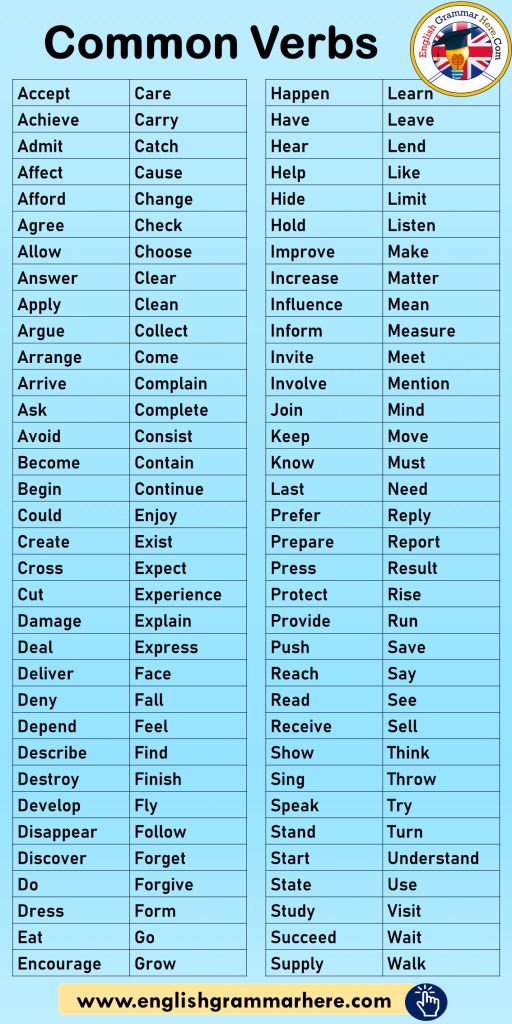 The verb to be in constructions to be going to/ to be about to/ to be due to
The verb to be in constructions to be going to/ to be about to/ to be due to
The construction to be going to is used in English to express the future tense, and in Russian it is translated as "to gather, intend to do something." It can be used in Present or Past, therefore, the verb to be in this construction can take the forms am/is/are and was/were, depending on the context.
I am going to wash the floors. — I'm going to wash the floors.
She wasn't going to tell me the whole story. She wasn't going to tell me the whole story.
They were going to sell the house last year. They were going to sell the house last year.
The construction to be about to is also used to express a future action and implies that the action will take place in the near future.
Hurry up! The performance is about to start! - Hurry! The show is about to begin.
The construction to be due to should be used when we talk about future actions that will occur according to a schedule.
The plane is due to land at 2.45. The plane is due to land at 2.45.
In conclusion, I would like to present a list of expressions that are often used with the verb to be:
To be happy / unhappy
I am so happy that you have come! - I'm so happy you came!
To be glad
We are glad to say that you won't have this new car! We are happy to inform you that you have won this brand new car!
To be hungry / to be full up - to be hungry / full up
I am so hungry. I would like to eat a big pizza! - I'm so hungry. I would like to eat a big pizza.
To be fond of - to love, to be fond of something
I am fond of gardening. — I am fond of gardening.
To be busy
Mary is always so busy that she doesn't have any time for hobbies. Mary is always so busy that she doesn't have time for hobbies.
To be late (for)
John is always late for appointments.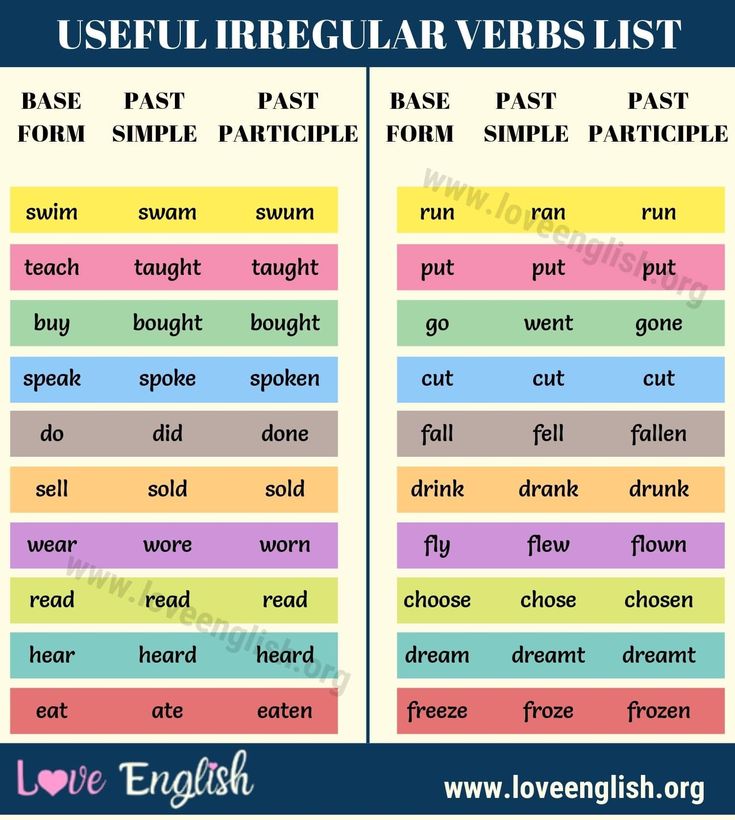 John is always late for meetings.
John is always late for meetings.
To be in time for - be on time
You are in time! - You're just in time!
To be lucky - to be lucky
You are so lucky that you have been there! You are so lucky that you managed to go there!
To be afraid (of)
I am afraid of spiders. - I'm afraid of spiders.
To be interested (in) - be interested in / get involved in something
He is interested in aviation. He is interested in aviation.
To be ill / well - to get sick / feel good
I am ill. I have a sore throat and a terrible headache. - I am sick. I've got a sore throat and headache.
To be angry (with)
Jane is angry with Tim, that's why they don't talk to each other. Jane is mad at Tim, that's why they don't talk.
Verb TO BE - table of ALL forms (am, are, is…)
The verb to be is the most important verb in the English language.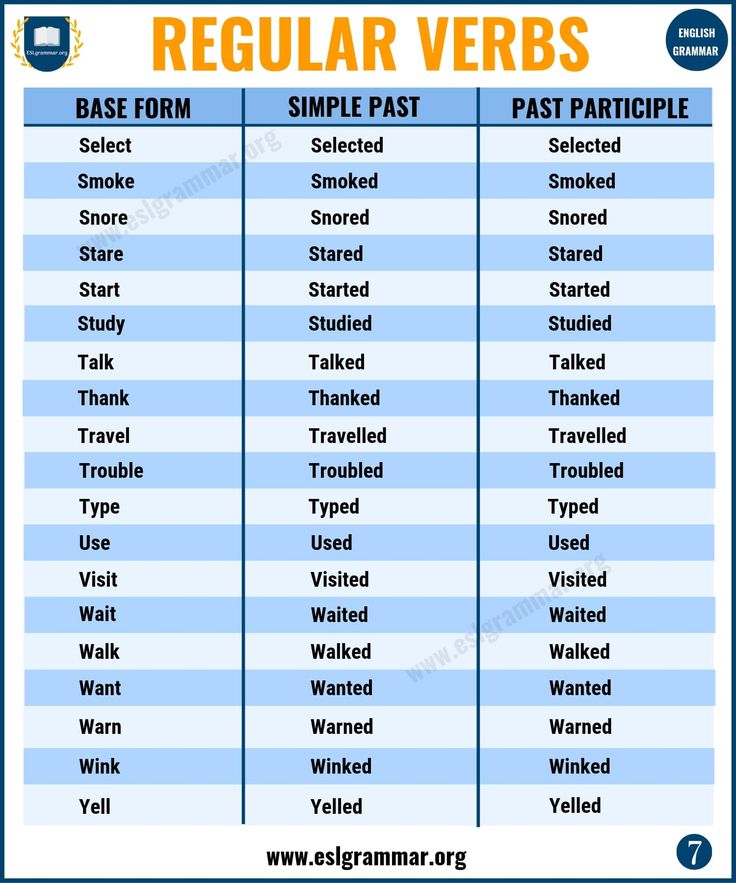 This is where English grammar begins. Ordinary English verbs do not change by person, but the verb to be is an exception to the general rule.
This is where English grammar begins. Ordinary English verbs do not change by person, but the verb to be is an exception to the general rule.
The most important table in English is the table of forms of the verb to be. The table contains all forms of the verb TO BE in the present simple and past simple. To quickly memorize the forms of the verb to be, use the techniques described here.
Different forms of the verb to be are highlighted in blue in the table. The rest of the words are English pronouns. If you do not know how they are translated, look here - this is also a very important material.
Some grammatical constructions also use the third form (past participle) of the verb to be - been .
Pronunciation of basic forms to be.
You must learn the entire table of forms of the verb to be.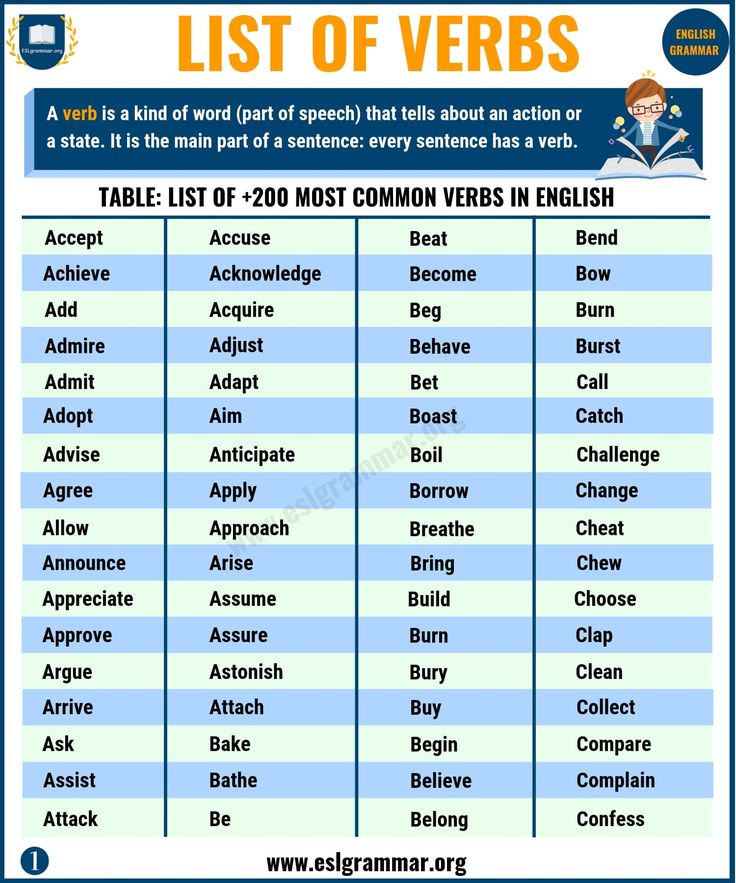 Without it, you will not be able to learn English. The mnemonic phrase will help you:
Without it, you will not be able to learn English. The mnemonic phrase will help you:
I am to the ball I wanted to say - " You ar broke the ku.». But I was afraid that he and would cripple me.
Three phrases are key in this phrase: “ Ya am balu ”, “ you ar ku ” and “ He is cripples ”. In these phrases, the first word is a pronoun, and the beginning of the second word is consonant with the corresponding form to be. And from them you can pull out all forms of the present tense of the verb to be:
Similarly, the phrase “ I am you I, and you are a thief . » Allows you to remember the forms of the past tense. I think you will agree that it is much easier to remember this way.
In general, the use of mnemonics saves a lot of time for anyone who wants to learn English, allowing you to quickly memorize foreign words.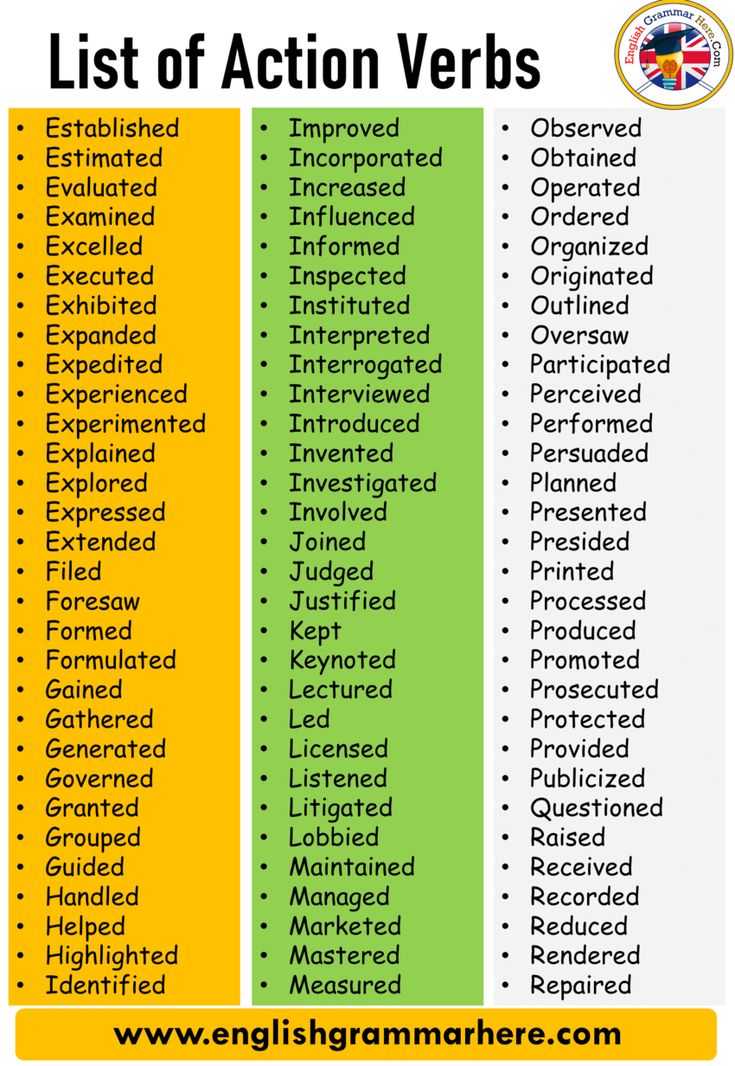 Read more about this method here.
Read more about this method here.
To be is translated as "to be, to be, to be." And it is the most used verb in the English language. The fact is that in an English sentence there must be both a subject and a predicate. And the role of a formal predicate is very often performed by the verb to be. In Russian we can say:
I am a student.
She is a doctor.
There is no predicate in these sentences. Therefore, the British will say the same thing, in other words. They will literally say the following:
I am a student. – I am a student.
She is a doctor. – She is a doctor.
Phrases like "I am" and "We are" are very common in English. And in the process of evolution of the language, their abbreviated (reduced) form appeared. The list of such abbreviations is given in the table:
| Phrase | Reduced form | Pronunciation |
| I am | I'm | aim |
| You are | You're | yor |
| She is | She's | shiz |
| He is | He's | xiz |
| It is | It's | its |
| We are | We're | ve |
| They are | They're | tfee |
See also:
It is worth learning only those words that will be useful in life! But how to distinguish the right words from the unnecessary ones?
Which respirator should I choose to be inexpensive and provide accurate protection? Which class of FFP protects against COVID-19? Where to buy and how to use it correctly?
Move to the goal along the shortest path! These techniques will help you learn English quickly and effortlessly.

